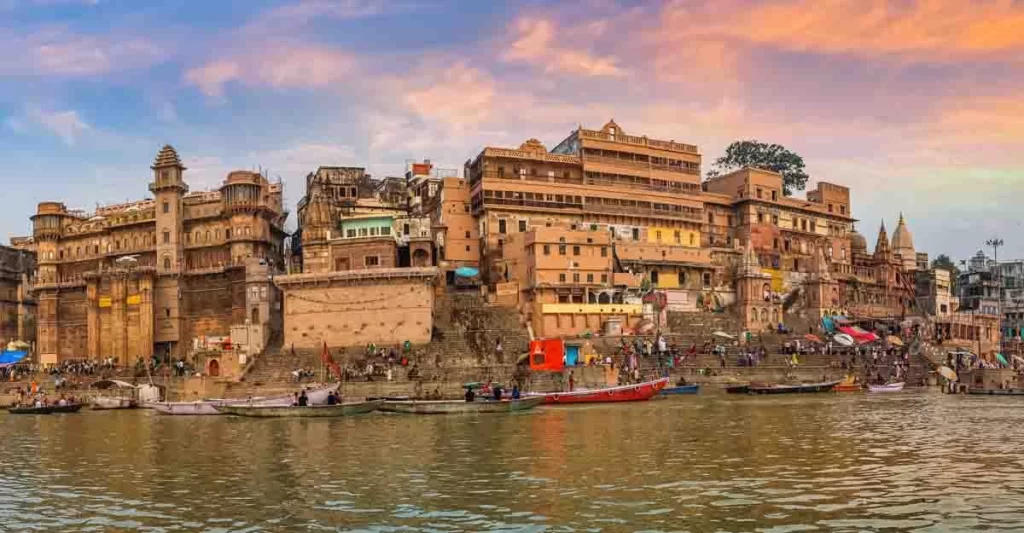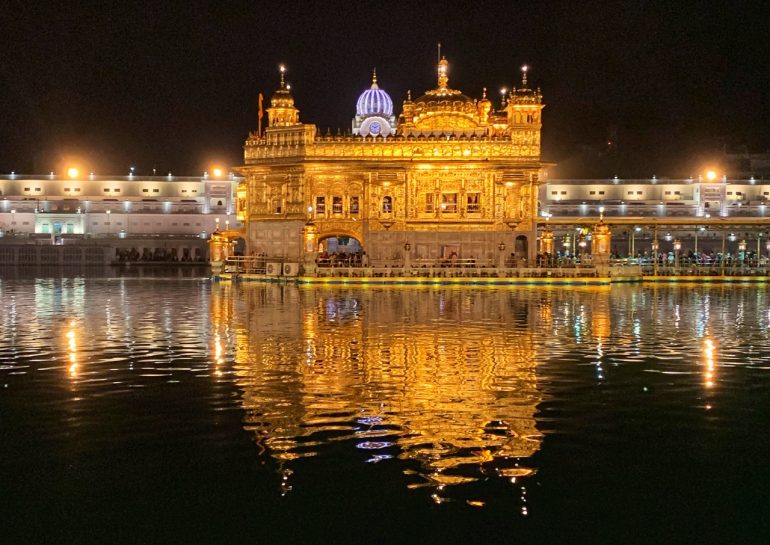India, a land of diverse cultures and rich spirituality, is home to numerous sacred pilgrimage destinations. These revered sites draw millions of pilgrims and seekers of divine connection from across the world. In this article, we embark on a spiritual journey to explore famous pilgrimage destinations in India, delving into their significance and the transformative experiences of pilgrims who undertake these sacred voyages.
1. Varanasi – The Spiritual Heart of India

Varanasi, also known as Kashi or Banaras, is one of the oldest continuously inhabited cities in the world. Situated on the banks of the sacred River Ganges, it holds immense significance in Hinduism. Pilgrims visit Varanasi to cleanse their sins in the holy waters of the Ganges, participate in ancient rituals, and seek spiritual enlightenment. The city’s ghats, temples, and vibrant culture create a unique spiritual ambiance that touches the hearts of all who visit.
2. Amarnath Cave – The Abode of Lord Shiva

Located in the Himalayan region of Jammu and Kashmir, the Amarnath Cave is a place of great reverence for Hindus. It is believed to be the abode of Lord Shiva. Pilgrims embark on a challenging trek to witness the naturally formed ice Shiva Lingam within the cave. The journey is not only a test of physical endurance but a profound spiritual experience.
3. Tirupati – The Holy Abode of Lord Venkateswara

Tirupati, in the southern state of Andhra Pradesh, is renowned for its magnificent Sri Venkateswara Temple. Devotees visit to seek the blessings of Lord Venkateswara, an incarnation of Lord Vishnu. The temple is known for its charitable activities, including providing free food to thousands of pilgrims daily.
4. Golden Temple – The Epitome of Sikh Spirituality

Amritsar, in the northern state of Punjab, is home to the Golden Temple, the holiest site in Sikhism. Pilgrims from all walks of life visit to experience the spiritual serenity of the temple, partake in the community kitchen (langar), and immerse themselves in the teachings of Sikh gurus. The temple’s golden façade glistens with the devotion of millions.
5. Rishikesh and Haridwar – The Yoga Capital and Ganga’s Gateway

Rishikesh and Haridwar, nestled in the lap of the Himalayas, are revered as spiritual hubs. The confluence of the Ganges and the Yamuna in Allahabad and the Saraswati River in Triveni Sangam is considered highly sacred. Pilgrims come to take a holy dip, seek spiritual guidance, and participate in yoga and meditation practices.
Significance of Indian Pilgrimages
Pilgrimages in India are more than just physical journeys; they are spiritual quests. They offer pilgrims a unique opportunity to connect with their faith, understand the significance of sacred traditions, and discover the deep-rooted spirituality of India. These journeys often result in a renewed sense of purpose, inner transformation, and a lifelong connection to the divine.
Pilgrimages to sacred places in India are a testament to the country’s spiritual richness and the enduring power of faith. These journeys allow pilgrims to delve into the heart of Indian spirituality, to witness the colorful tapestry of traditions, and to connect with their beliefs on a profound level. As pilgrims traverse the landscapes of these sacred destinations, they carry with them not only their own hopes and devotion but also the collective reverence of countless generations. In India, every pilgrimage is a testament to the unbroken thread of spirituality that ties the past to the present, and the material world to the divine.

